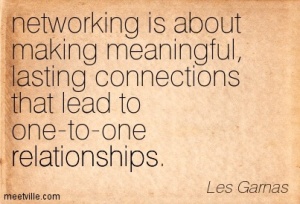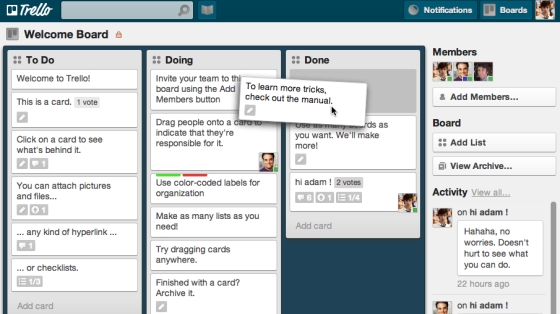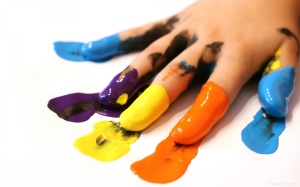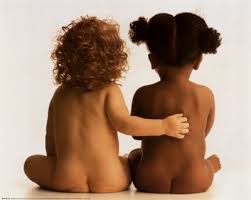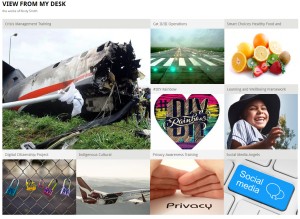I had a client yesterday ask the question, ‘Why am I using dot points and not numbering?’. Today I was asked the same question in an Instructional Design forum.
I prefer using dot points to full paragraphs because:
- it is cleaner and simpler for the learner
- it creates white space
- it only provides the learner with the information that they need.
 When should we use dot points? Dot points should be used when you need to list items, ideas, fragements of sentences or concepts in no particular order.
When should we use dot points? Dot points should be used when you need to list items, ideas, fragements of sentences or concepts in no particular order.
Numbering on the other hand should be used wehn you need to demonstrate a sequence or process; for example when showing a process or procedure, an agenda, or legislation.
It begs a bigger question though. Are dot points an effective tool for engaging learners? When used correctly they are a great way to organise content and increase readability. However, Instructional Designers do tend to misuse and overuse dotpoints.
Here are some creative ways to reduce dot points:
- rewrite as a question and allow the narration to answer the question
- shorten bullet points from full sentences to a phrase or even a word
- use one bullet point per slide
- use an image, graphic, chart or animation in place of each bullet.
For more examples go to eLearning Heroes.


